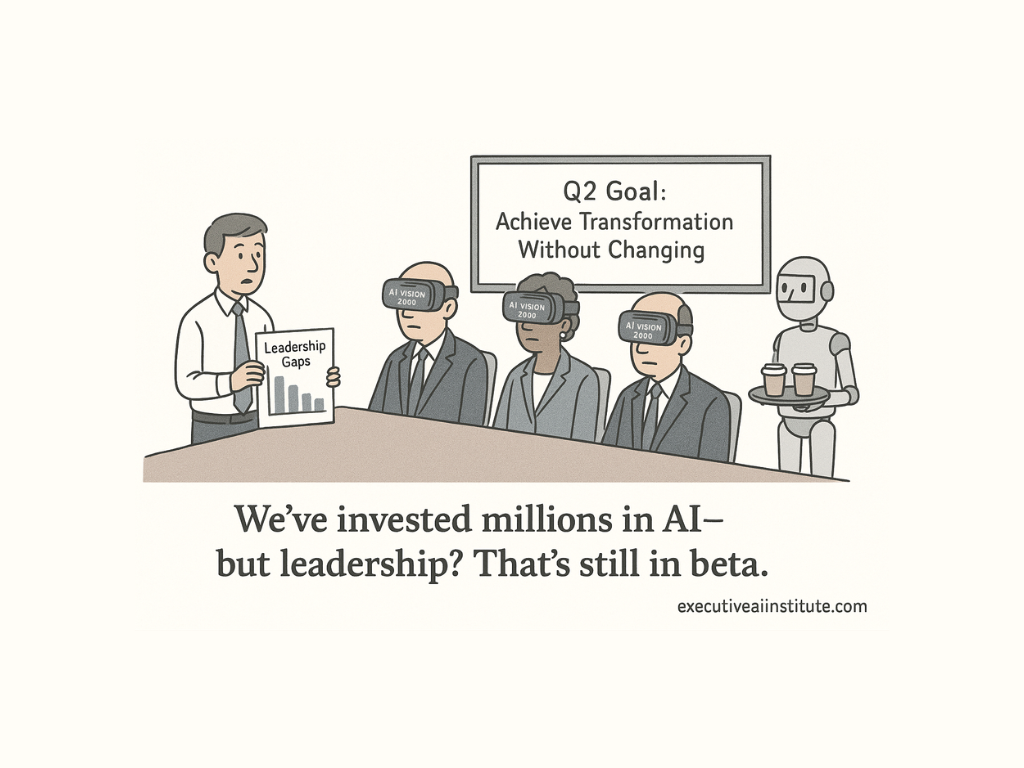.png)
In the evolving landscape of education, embracing diverse cognitive strengths is essential to foster innovation and growth. The Transformative Approaches Using Whole Brain® Thinking report offers a comprehensive analysis of how this methodology can be leveraged within the education sector. The report delves into the unique insights provided by Whole Brain® Thinking, emphasising its relevance in addressing the sector's current challenges and opportunities.
Education Sector Overview
Overview:
The education sector is rapidly advancing, with a growing focus on integrating technology and innovative teaching methods to enhance learning outcomes. Current trends highlight the adoption of blended learning models and a stronger emphasis on critical thinking skills.
Challenges:
The sector faces significant challenges, including funding constraints, the need to adapt to technological advancements, and ensuring equitable access to quality education. Additionally, continuous professional development for educators remains critical to meet the sector's evolving demands.
Pain Points:
Key pain points include the effective management of limited resources, addressing the diverse needs of students, and maintaining engagement in a digital learning environment. Educators also face the dual pressures of meeting standardised testing requirements while fostering creativity and critical thinking in students.
Introduction to Whole Brain® Thinking
Whole Brain® Thinking is a methodology developed by Herrmann International, categorising cognitive preferences into four distinct quadrants: Analytical, Practical, Relational, and Experimental. This model provides a framework for understanding how individuals process information, make decisions, and solve problems, offering a valuable tool for both personal and organisational development.
Four Fundamental Questions
Each quadrant of Whole Brain® Thinking seeks to answer a fundamental question:
- Analytical (Blue): What? This quadrant focuses on logical, data-driven thinking centred on facts and figures.
- Practical (Green): How? This quadrant emphasises organised, detail-oriented thinking with a focus on processes and implementation.
- Relational (Red): Who? This quadrant is about interpersonal, empathetic thinking that values relationships and people.
- Experimental (Yellow): Why? This quadrant prioritises creative, innovative thinking that embraces new ideas and holistic approaches.
Education Sector Analytical Quadrant
Analytical thinking in education involves data-driven decision-making aimed at improving student outcomes. This includes continuous assessment, the use of educational analytics tools, and evaluating the effectiveness of educational programs. Key trends include the rise of learning analytics to track student progress and the use of big data in shaping educational policies.
Education Sector Practical Quadrant
Practical thinking focuses on implementing effective teaching practices and managing classroom environments. This involves hands-on learning experiences, project-based learning, and the development of practical skills that extend beyond the classroom. Trends in this quadrant include the integration of STEM education, fostering entrepreneurship, and promoting vocational training aligned with industry needs.
Education Sector Relational Quadrant
Relational thinking in education emphasises the importance of interpersonal relationships and emotional intelligence in teaching. This involves building strong teacher-student relationships, fostering a collaborative classroom culture, and integrating social-emotional learning. The sector has seen a growing focus on mental health, restorative justice practices, and parent and community engagement.
Education Sector Experimental Quadrant
Experimental thinking encourages innovative approaches and pilot programs to explore new teaching methods and technologies. This quadrant supports the use of emerging technologies like AR/VR and promotes a culture of experimentation and continuous improvement. Trends include the rise of edtech startups, gamification, and hybrid learning models that blend online and offline experiences.
Education Sector Business Case
The report underscores the importance of leveraging Whole Brain® Thinking to navigate the complexities of the education sector. By applying insights from each quadrant, stakeholders can drive innovation, improve student outcomes, and address the sector's pressing challenges. Understanding and utilising these cognitive approaches can lead to enhanced collaboration, creativity, and effectiveness within educational institutions.
Explore the Full Report
For a deeper understanding of how Whole Brain® Thinking can be applied to the education sector, we encourage you to explore the full report. It offers detailed case studies, strategic recommendations, and actionable insights that can help educators and administrators make informed decisions and foster a forward-thinking educational environment.
Explore This Exclusive Report for Free!

.png)
.png)
.png)
